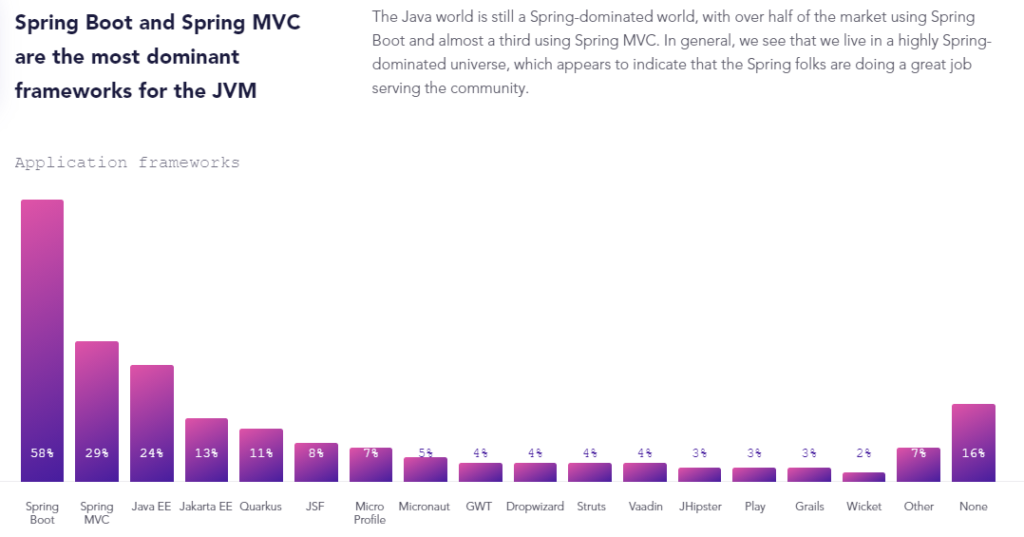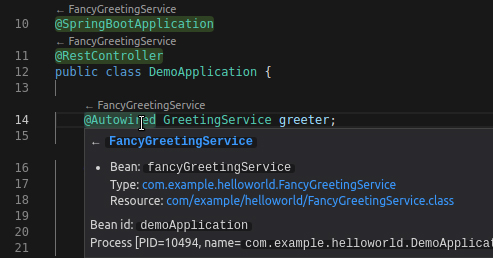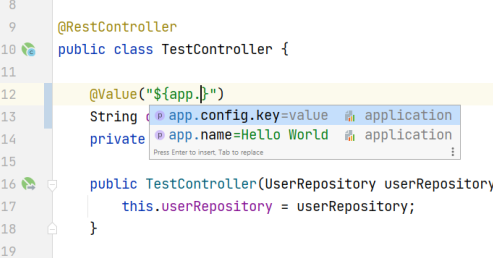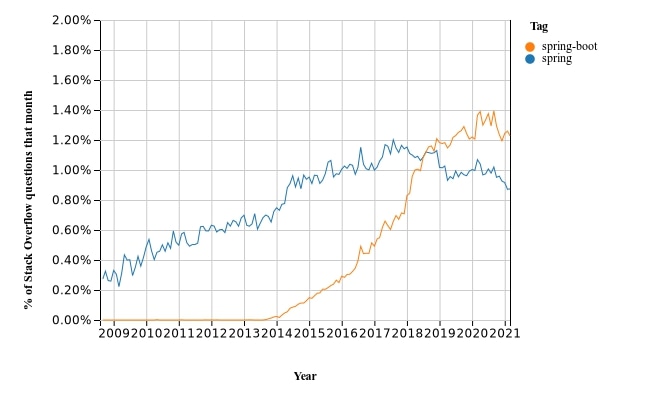10 Reasons Why You should use Spring Boot.
Spring Boot has earned its place in the Java community for various reason. In this post, We will take a look at 10 Reasons Why You should use Spring Boot.

1) Faster Development
Spring Boot makes a lot of decisions and opinionated defaults over Spring Ecosystem. This nature helps the developer to set up and jump into development quickly.
For example, Spring MVC was possible through a lot of XML bean definitions and custom servlet classes. But with Spring Boot, it is as simple as adding a starter dependency. Absolutely no code generation XML configuration required.
2) There is a starter for everything
Spring Boot Starters are maven descriptors that contain libraries and some auto configurations of them. And, These starters help provide features to a Spring Boot Application. Want to set up database connections? There is a starter dependency for that. Want to speak to message queues or send emails? Spring boot covers it all.
For almost all Spring Modules, there is a starter dependency to configure everything for you. Even some third party libraries provide support to Spring Through their starter modules. Without these starters, You as a developer will have to maintain the dependencies and the XML configurations. That’s one more reason why you should use Spring Boot.
3) Embedded Web Servers
Spring Boot provides out of the box support for embedded Tomcat, Jetty, and Undertow servers. This way, developers don’t have to worry about deploying web applications in traditional app servers. With appropriate starter dependencies, you can even swap one server technology with other. So You actually end up with a JAR file that can run as any JAR. On startup, The JAR contains enough libraries and configurations to start as an app server and listen to requests.
And if you are not interested in embedded servers, You can always convert the Spring Boot application from JAR to WAR and deploy them to traditional servers.
4) Rich IDE Support for Spring Boot
All major IDEs provide support for Spring Boot code assistance. For instance, IntelliJ IDEA Ultimate has great code completion and navigation features for Spring Boot projects.


Eclipse and VSCode provide similar support through the Spring Tools plugin.
5) Production-Ready Features
Spring Boot provides production-ready features like monitoring, metrics and logging out of the box. With these features, the developers can avoid additional configurations. For instance, Features like the health actuator endpoint makes application status monitoring possible. For example,
- You could let tools like Prometheus gather application metrics
- Make use of readiness and liveliness health endpoints in your Kubernetes or Openshift environments.
- Change logging levels just by adding additional properties or through /actuator/logging endpoint.
Further, The developers can configure these actuator endpoints with custom health endpoint of their own.
6) JUnit Support out of the box.
All Spring Boot projects come with JUnit 5 by default. Also, Spring Boot provides @SpringBootTest annotation to initialize a test context if we need it. So the developers only need to write test cases. They don’t have to worry about complex spring context for the test cases anymore.
For example, The below auto-generated test will check if the context loads properly.
@SpringBootTest
class SpringBootDerbyDatabaseApplicationTests {
@Test
void contextLoads() {
}
}Code language: Java (java)7) Spring Profiles
Spring Profiles is a powerful feature of spring Boot that helps segregate different components in the application. Using profiles, You can enable or disable a component in a specific environment. This might come handy when you have to use different components based on certain conditions.
@Configuration
@Profile(value = {"prod","uat"})
public class RabbitMQConfig {
// listeners
}Code language: PHP (php)In the above code, The context will restrict rabbit listeners to only run in environments that has prod or uat as active profile.
8) Multiple Packaging and deployment Options
The framework provides various ways to package your application. As we said earlier, the application can be a JAR or WAR file. With some extra configuration and parameters, You can also create high-performance docker images out of the box.
Starting and stopping Spring Boot applications are straight forward. Also, you can deploy these JAR files as linux Services with few extra steps. The JAR files are known as FAT jars and they contain all dependencies related to the application. This makes the deployment process less complicated. Actually, these builds can run on any machine with Java 8 or above.
9) Learning Curve
It is quite easy to learn Spring Boot if you already understand the Spring framework. Even if you don’t have Spring knowledge, you are most likely to deal with business logic more than Spring itself. Also, You would most likely need to understand few annotations anyway to start your development. The documentation has detailed examples for the developers to start with their learning.
10) Documentation & Community support
The official documentation is more than enough for new developers to start with Spring boot. It has detailed information on all the features that spring boot has to offer. For detailed information on Specific modules, the spring ecosystem also provides documentation separately.
Also there is a wide community around Spring and Spring Boot in the java community. The project is open source and has a lot of active contribution from various individuals. For instance, Take a look at this increased activity in stackoverflow community.

The increase in questions for the tag Spring Boot over Spring explains the developer’s mindset for us. Along with that there is tech blogs like the one you are reading right now help provide examples and tutorials on Spring and it’s related technologies.